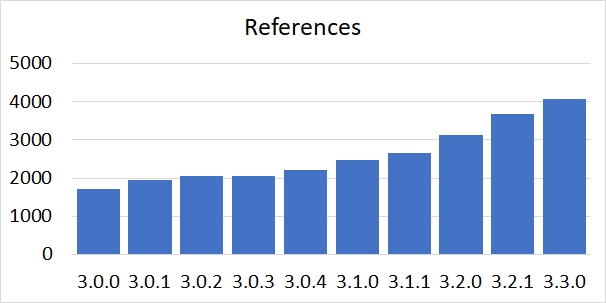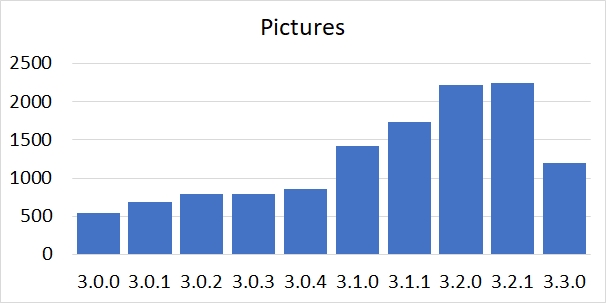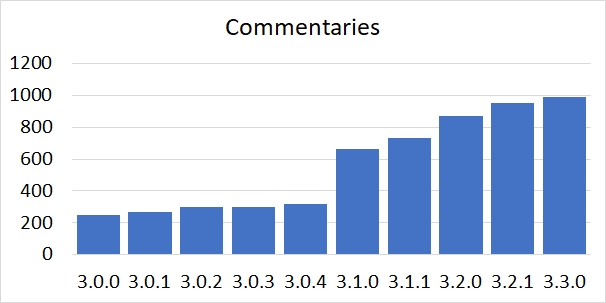Data Sources and Reporting
Most of the data used to identify and characterize seismogenic sources included in the Database come from the published scientific literature. We use the following three forms of showing these data and acknowledging the source of information for each record of the Database:
Arguments used to justify a Database record are usually supported by published work references. These references may be from work presented in scientific journals, technical reports, books, research theses, geologic/tectonic maps or material from the Internet. In addition to the latest scientific findings, references include legacy literature as old as the 1600s. A reference gives the full details of the source item and should enable it to be traced. All work used or cited in any element that makes up a Database record appears in the references list. References help with a better understanding of the Database record and may provide an alternative solution or scientific view for that record. When a user queries any of the Database tables, all relevant citations are automatically extracted and displayed. The first diagram shows the total number of references in each database version. The second diagram shows the distribution of citations to published work among the Database records of the latest version (e.g., the second bar from the left indicates that more than 150 records of the Database cite several publications between 20-40).
- References;
- Pictures;
- Commentaries.
Arguments used to justify a Database record are usually supported by published work references. These references may be from work presented in scientific journals, technical reports, books, research theses, geologic/tectonic maps or material from the Internet. In addition to the latest scientific findings, references include legacy literature as old as the 1600s. A reference gives the full details of the source item and should enable it to be traced. All work used or cited in any element that makes up a Database record appears in the references list. References help with a better understanding of the Database record and may provide an alternative solution or scientific view for that record. When a user queries any of the Database tables, all relevant citations are automatically extracted and displayed. The first diagram shows the total number of references in each database version. The second diagram shows the distribution of citations to published work among the Database records of the latest version (e.g., the second bar from the left indicates that more than 150 records of the Database cite several publications between 20-40).


Pictures
As the Database intends, a picture is not just a figure. Instead, it is a digital document that may represent various things, like maps, diagrams, photos, drawings, or even lettering that could not be converted into a plain text file (e.g., an image of an epigraph saying something about an earthquake). A picture is made up of the following three items: (1) a title that illustrates concisely but exhaustively the picture content; (2) a figure; (3) a caption that points out what is important in the figure concerning the Database record. The diagram shows the total number of pictures in each Database version.
Notice that in version 3.3.0, we introduced a new archiving method for the pictures, which eliminates the duplicates. This number now indicates the number of unique pictures in the Database.
As the Database intends, a picture is not just a figure. Instead, it is a digital document that may represent various things, like maps, diagrams, photos, drawings, or even lettering that could not be converted into a plain text file (e.g., an image of an epigraph saying something about an earthquake). A picture is made up of the following three items: (1) a title that illustrates concisely but exhaustively the picture content; (2) a figure; (3) a caption that points out what is important in the figure concerning the Database record. The diagram shows the total number of pictures in each Database version.
Notice that in version 3.3.0, we introduced a new archiving method for the pictures, which eliminates the duplicates. This number now indicates the number of unique pictures in the Database.

Commentaries
Each Database record has a section of explanatory text called "Commentary." The length and organization of these Commentaries vary depending on the level of knowledge about the seismogenic source being described. Usually, these texts are split into a few sections. The first section introduces the regional seismotectonic context of the seismogenic source. Subsequent sections illustrate how each parameter was estimated, and the choices made follow along with a discussion or a list of comments and open questions about the seismogenic source reliability and possible alternative solutions. A commentary may include a few summaries of published papers to enhance further the Commentary, especially those appearing in journals that cannot be accessed easily or are written in a language different from English. The diagram shows the total number of text pages in each Database version.
Each Database record has a section of explanatory text called "Commentary." The length and organization of these Commentaries vary depending on the level of knowledge about the seismogenic source being described. Usually, these texts are split into a few sections. The first section introduces the regional seismotectonic context of the seismogenic source. Subsequent sections illustrate how each parameter was estimated, and the choices made follow along with a discussion or a list of comments and open questions about the seismogenic source reliability and possible alternative solutions. A commentary may include a few summaries of published papers to enhance further the Commentary, especially those appearing in journals that cannot be accessed easily or are written in a language different from English. The diagram shows the total number of text pages in each Database version.






